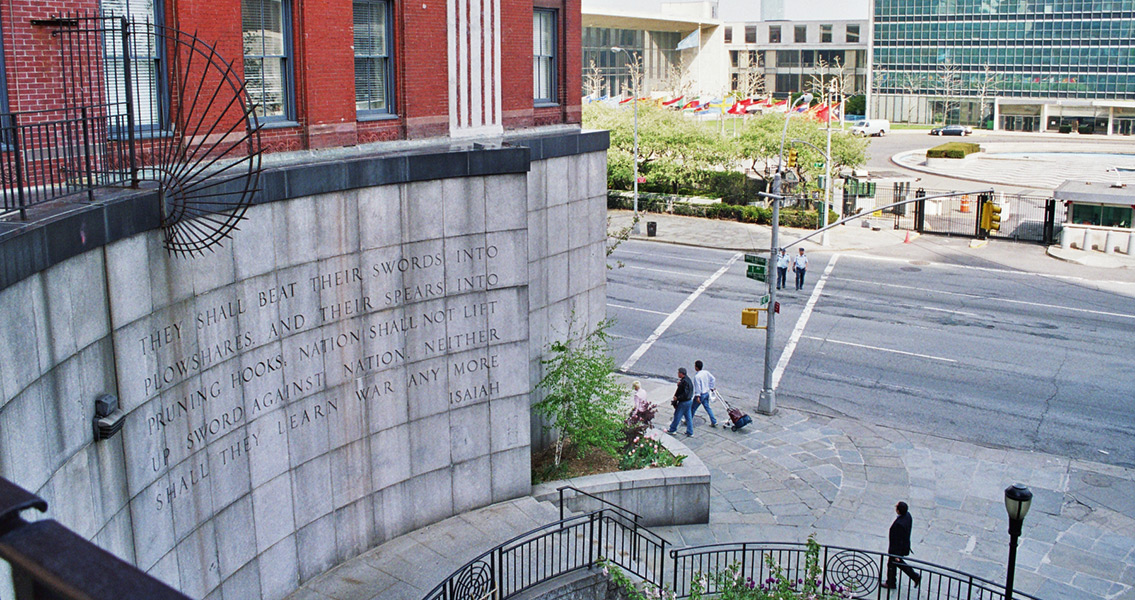<![CDATA[26th June marks the seventieth anniversary of the signing of the United Nations Charter. At the Herbst Theatre in San Francisco, delegates from fifty countries met to sign the charter which established the UN as the international body tasked with preventing the world descending into war. The signing of the charter came at the end of a long conference in San Francisco held as the Second World War still raged in the Pacific. The idea of an international peace keeping organisation had already been agreed upon in principle, and the representatives from the fifty nations met with the intention of deciding the terms of the charter. In his opening address for the meeting, US President Truman made clear the importance he placed on the United Nations: “At no time in history has there been a more necessary meeting than this one…….you members of this conference are to be architects of the better world. In your hands rests our future.” Truman's predecessor, Franklin D. Roosevelt, first referred to a 'United Nations' in 1941 as he and British Prime Minister Winston Churchill signed the Atlantic Charter which laid out a set of principles they hoped would form the basis of international collaboration on peace and security. On 1st January, 1942, the term was officially used to describe the powers allied against the Axis countries of Germany, Italy and Japan. Leaders of twenty-six allied nations met in Washington D.C. to sign the Declaration of the United Nations: an endorsement of the Atlantic Charter and statement of the principles of the Allies against the Axis. The UN, as we know it now, began to take shape in 1943, when the leaders of China, Great Britain, the USA and the USSR issued the Moscow Declaration which stated the need for an official organisation to replace the League of Nations which had failed so dramatically to prevent the outbreak of the Second World War. Various other meetings took place throughout the year as delegates debated the form, rights and powers of the new organisation. Finally, at the Yalta Conference in February 1945, representatives from Britain, the USA and the USSR reached a compromise on the contentious issues of membership and voting. Ideas of international collaboration did not start with the United Nations. Since the middle of the nineteenth century attempts had been made to forge bonds between countries which aspired to achieve more than basic military alliances. The immediate predecessor was of course the League of Nations, an international organisation founded in the aftermath of the First World War with the intention of maintaining world peace and ensuring global health and welfare standards, as well as engaging with problems such as poor labour conditions, and drug and human trafficking. The International Telecommunication Union of 1865 and the Universal Postal Union of 1874 were international organisations created to encourage cooperation in establishing communication networks between countries. Although both focused on specific matters, they highlighted a growing awareness of the impossibility of complete isolationism in an increasingly globalised world. In 1899 the International Peace Conference was held in the Hague to create means to settle international disputes peacefully. It established the Permanent Court of Arbitration in 1902, which was conceived as a peaceful arbiter of international disputes. The development of international collaboration, from the International Telecommunications Union to the United Nations, reveals that through a period of history riddled with conflict, a simultaneous move towards international cooperation also started to take shape. Image courtesy of Wikimedia Commons user: Damzow]]>
Seventy Years Since the Signing of the United Nations Charter
